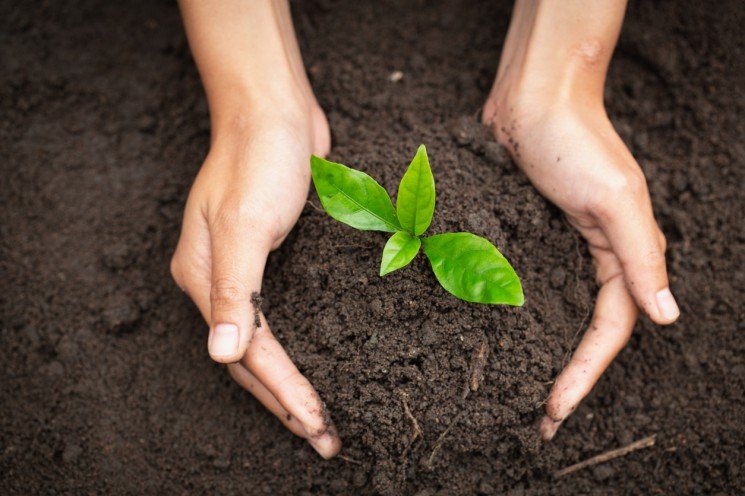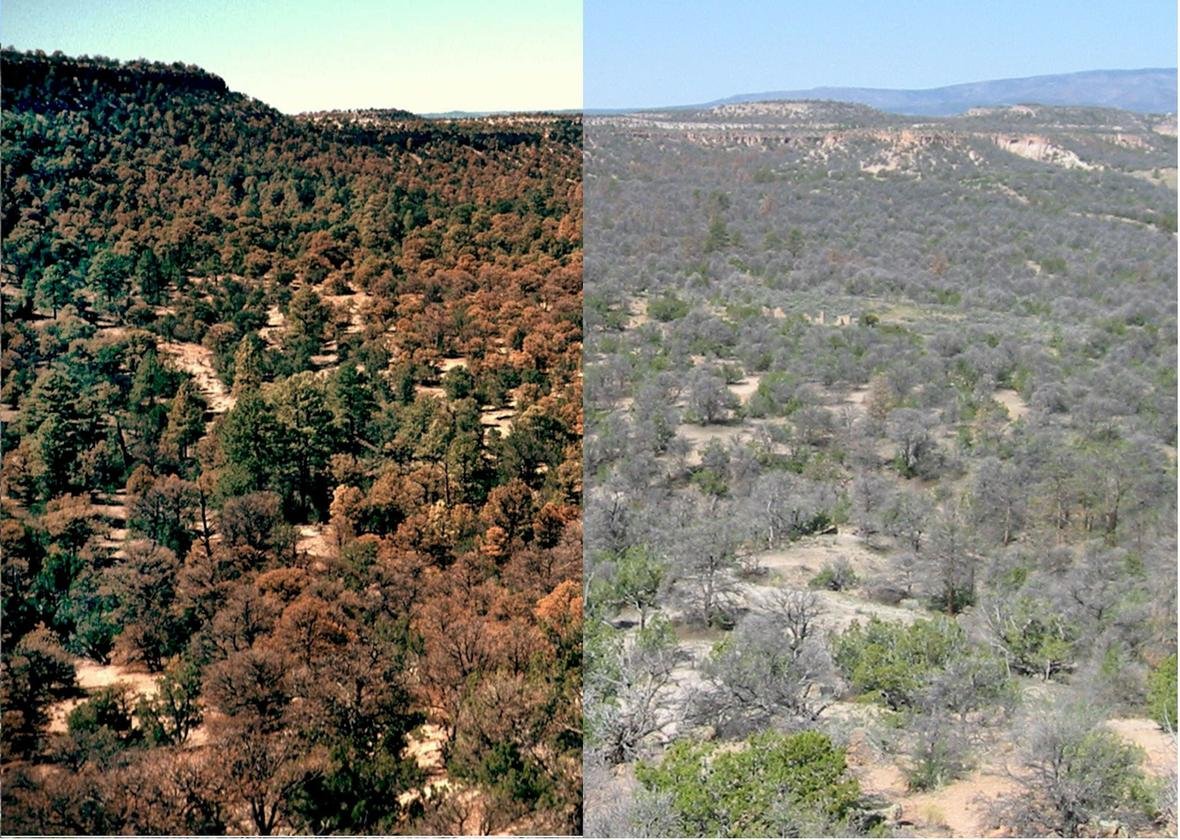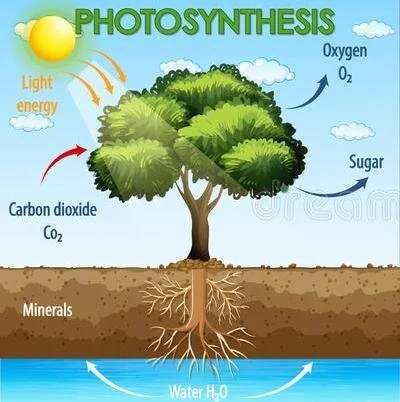Why Does Soil Health Matter?
Why Does Soil Health Matter?
By Shannon Christopher, WellKind Forestry Intern
Shannon Christopher was an intern for WellKind Forestry during our spring 2022 session, exploring soil health and other environmental issues.
Soil health determines the survival of all plants, animals, humans and ecosystems. In order to ensure the future of humankind, we need to take care of our soil so that we can continue to grow crops, breathe air, and enjoy the beauty of nature. Soil is the crucial component of surface earth systems. Its health is typically dependent on water quantity, which influences plant survival and carbon sequestration.
The Impact of Water on Soil Health
In recent years, California has seen an increase in drought frequency and severity. During droughts, the unusually warm temperatures and the lack of frequent precipitation have led to soil overdraft and accelerated evapotranspiration (Guelden, 2019). Soil overdraft occurs when the water extraction rate is greater than the water replenishment rate. Accelerated evapotranspiration occurs when warm temperatures speed up the rate of water evaporated from plants and the soil. The combination of the two dries out the soil, leading to massive soil health declines.
During droughts, when there is increased evapotranspiration and overdraft, the amount of water in the soil is significantly reduced, which threatens the livelihood of the plants that rely on sufficient water in soil, and the animals that those plants provide for. One study examined the impacts of drought by looking at the regional mortality of the piñon pine tree in the southwest, which is sensitive to climate variation. Over a 15-month period with depleted water content in the soil, more than 90% of the piñon pine trees died (Beashear, 2005).
From 2012 to 2015, California experienced a record-breaking drought, leading to diminished soil health. The U.S. Forest Service estimates that, since 2010, 129 million trees have died in California national forests (2017). This die-off is the result of decreased water quantities from recent droughts intensified by climate change.
Soil Moisture and Carbon Sequestration
Soil plays a vital role in all nutrient cycles, including the carbon cycle. In the carbon cycle, soil health is vital in order to grow plants, ensuring photosynthesis and respiration processes succeed at sequestering atmospheric carbon dioxide (Humphrey, 2021). In order for plants to succeed at these processes, they need proper nutrients from the soil.
A study using earth system models to show inter-annual variability simulated the impact of atmospheric dryness/humidity and temperature on soil health and the correlation between the changes in soil health and carbon level fluctuations in the atmosphere. The authors found that when soil moisture is higher, atmospheric carbon concentrations are lower, and when soil moisture is low, atmospheric carbon concentrations are higher (Humphrey, 2021). This means that soil moisture is vital for plant carbon sequestration.
Plants photosynthesizing and sequestering carbon have always been important to earth systems, but given climate change and the recent influx of carbon dioxide in the atmosphere, we need them more than ever. This intake of carbon can have a great impact on the effects of climate change, as it will limit the amount of greenhouse gasses in the atmosphere, reducing global warming.
What Can We Do?
Although these processes typically don’t rely on human involvement, there are still things we can do. By nurturing ecosystems back to health, we can help areas hold on to more water when it does rain. If we manage this, more plants will be able to start and continue growing, amplifying carbon sequestration and limiting the temperature change that will come with human inflicted climate change.
Apricot Lane Farms, an all-organic farm in southern California, is an example of how holistic land management can achieve healthy soil. Originally a monocultural farm with poor soil, it was transformed to become a multicultural, biodiverse farm by adding cover crops, many different crop species, and establishing balanced interspecies relationships.
Instead of the previously lemon and avocado farm, the new owners planted over 75 different varieties of fruit trees, and bought cows, ducks, chickens, pigs, and other livestock, which greatly increased biodiversity. Around the orchard area, they planted cover crops, which are plants used for their roots to hold onto the soil in between crops to prevent soil erosion. The farm also introduced ducks to the orchard to eat the pests that were killing the trees, chickens to the cow pasture to eat maggots in their poop, and bought livestock guard dogs to keep coyotes from killing the chickens, all of which are examples of interspecies relationships.
The implementation of these three methods increased soil moisture, and therefore soil health. With proof like this that we can make a difference, it is clear we can and must help ensure soil prosperity.
References
Goulden, M.L., & Bales, R.C. (2019). "California forest die-off linked to multi-year deep soil drying in 2012–2015 drought." Nature Geoscience, 12, 632-637.
Breshears, D.D.et al. (2005). “Regional vegetation die-off in response to global-change- type drought.” Proceedings of the National Academy of Sciences, 102, 15144 –15148.
Office of Sustainability and Climate. (2017). “Drought and Tree Mortality in the Pacific Southwest Region.” United States Department of Agriculture, 1-11.
Humphrey, V., et al. (2021). “Soil moisture–atmosphere feedback dominates land carbon uptake variability.” Nature 592, 65-69.
Chester, J., Monroe, M., Keats, S., Chester, M., Beal, J., Overbeck, A., Lennard, L., Messer, E., Gurinas, P., Gurinas, J., Cunningham, M., Lanpher, B., Martin, C. (., & Romanek, K. (2019). “The biggest little farm.” Universal City, CA: Universal Pictures Home Entertainment.



